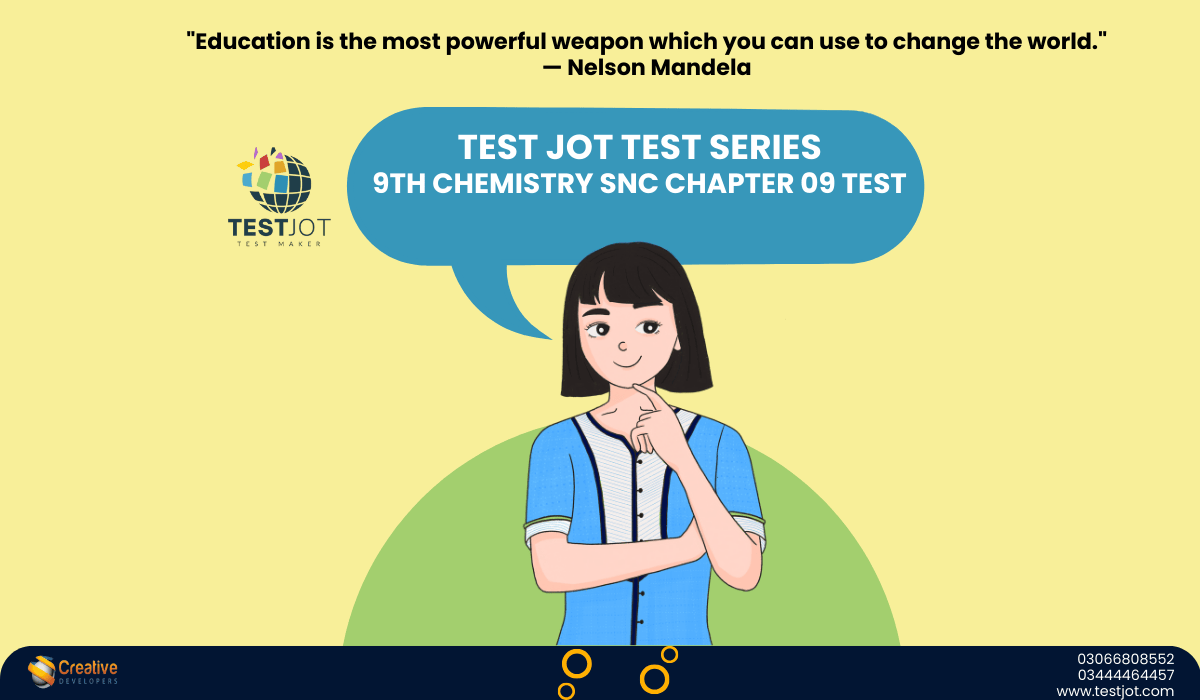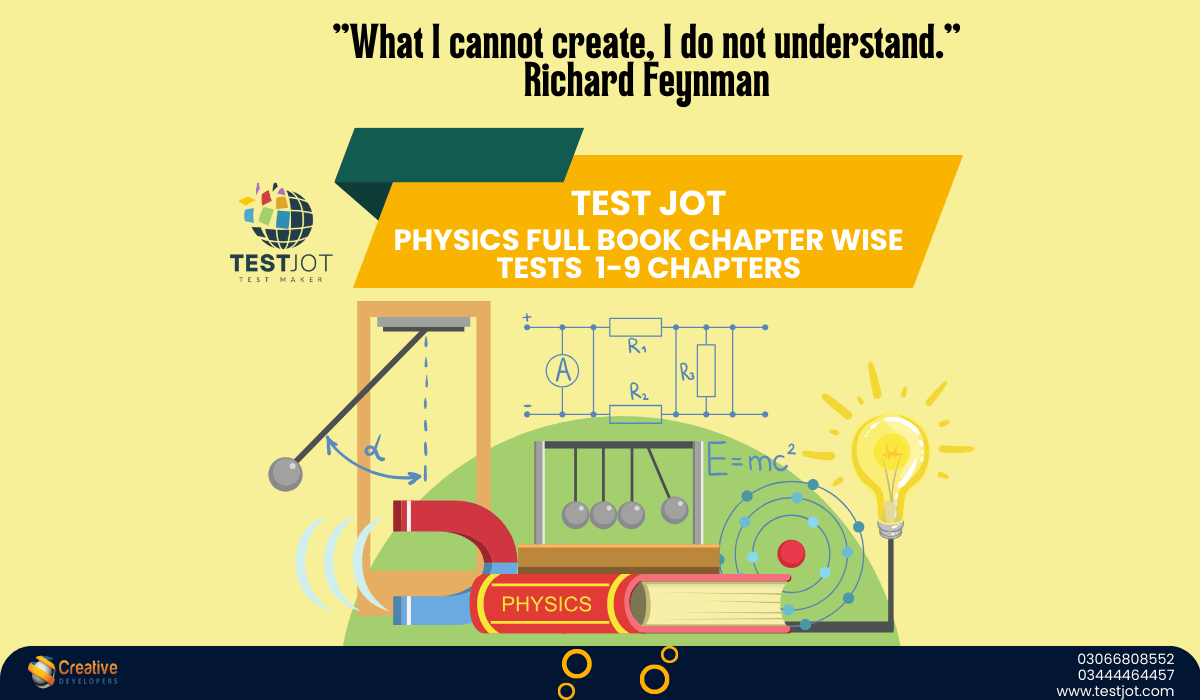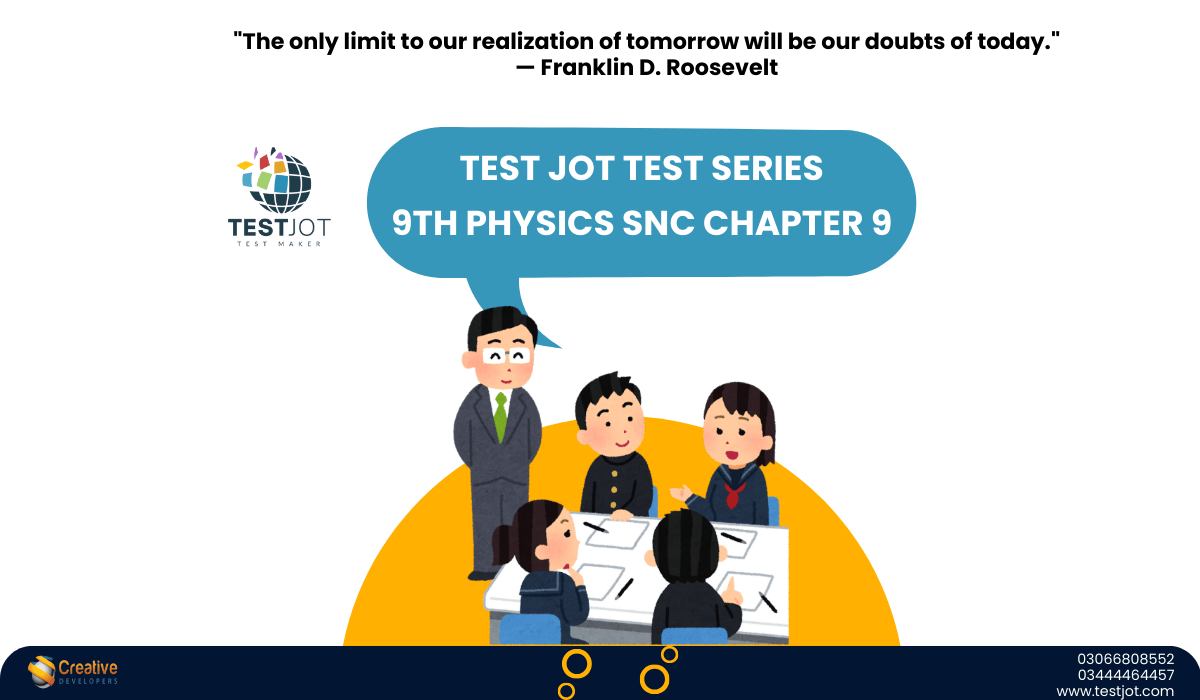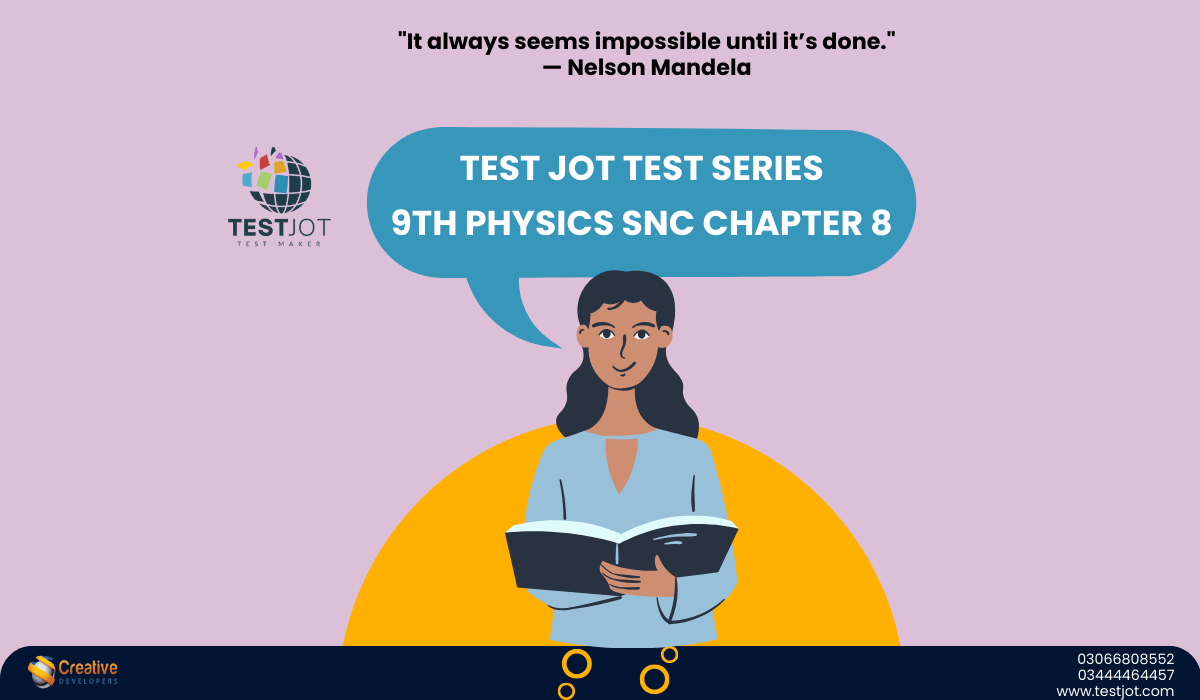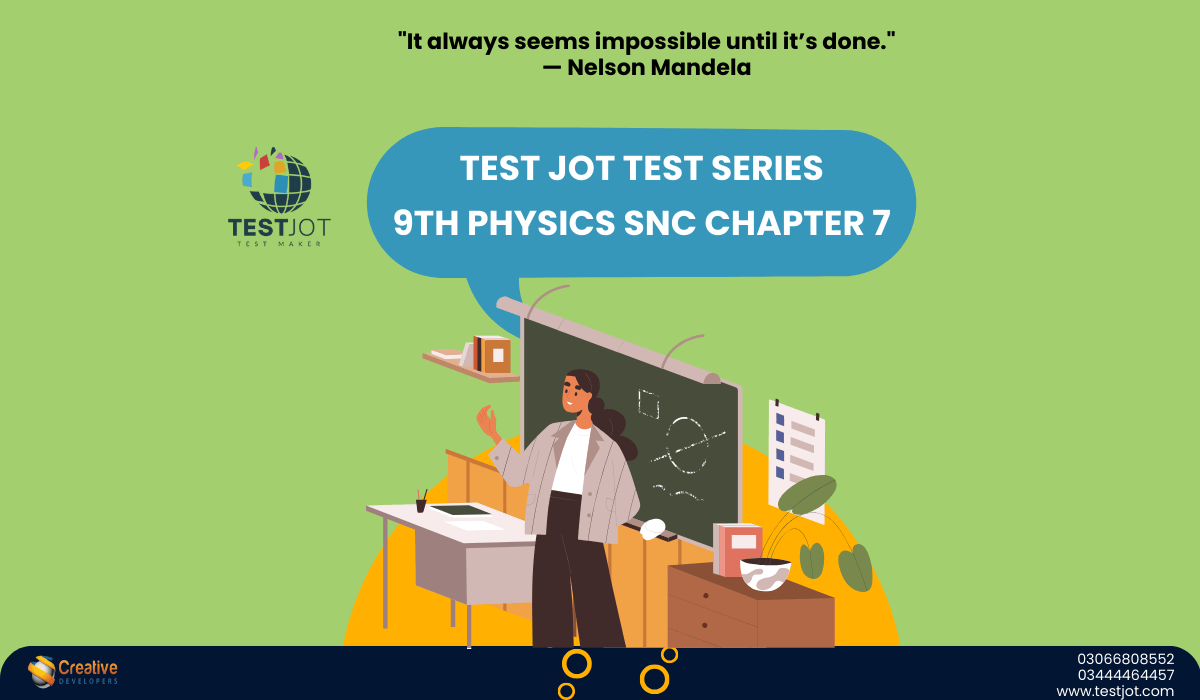Exploring Chapter 9: Group Properties and Elements in 9th Grade Chemistry
Are you curious about how elements in the periodic table behave? Chapter 9 of your Punjab Curriculum chemistry textbook dives into the fascinating world of Group Properties and Elements, unraveling patterns that define metals, non-metals, and everything in between. Let’s break down these concepts in simple terms!
1. Group 1 Elements: The Alkali Metals
Group 1 elements, like Lithium, Sodium, and Potassium, are known as the alkali metals. These elements are super reactive—ever wondered why they’re stored in oil? It’s because they explode when they touch water! Their soft texture and shiny appearance make them unique. Fun fact: Sodium compounds light up fireworks in vibrant yellow hues!
2. Group 17 Elements: The Halogens
Next up are the halogens (Fluorine, Chlorine, Bromine). These elements love to bond with others, especially alkali metals. Chlorine, for instance, keeps swimming pools clean, while Fluorine strengthens your teeth in toothpaste. But handle them carefully—they can be toxic in pure form!
3. Transition Elements: The Middle Ground
Sandwiched between Groups 2 and 13, transition metals like Iron, Copper, and Gold are the backbone of industries. They’re hard, shiny, and great conductors of heat and electricity. Ever admired gold jewelry or used steel utensils? Thank transition metals!
4. Noble Gases: The Loners
Group 18 elements—Helium, Neon, Argon—are the noble gases. They’re “too cool” to react with other elements, making them perfect for inert environments. Helium fills party balloons, while Neon lights up dazzling signs.
5. Metals vs. Non-Metals: The Ultimate Showdown
Metals are malleable, conductive, and lustrous. Think Iron or Aluminum. Non-metals like Sulfur or Oxygen are brittle and insulators. The periodic table’s layout helps predict these traits, guiding scientists in material discovery.
Why Study Group Properties?
Understanding groups explains why elements behave the way they do. It’s the key to innovations—from eco-friendly batteries (using Lithium) to life-saving disinfectants (Chlorine).
Ready to Test Your Knowledge?
Practice makes perfect! Download our FREE PDF test for Chapter 9 to ace your exams. Simply click the button below:
Pro Tip: Struggling with reactivity trends? Compare Group 1 and 17 elements—they’re opposites but create iconic compounds like table salt (NaCl)!
This blog simplifies complex chemistry concepts for 9th graders, aligning with the Punjab Curriculum. With keyword-rich sections and a clear structure, Happy learning! 🧪📚


